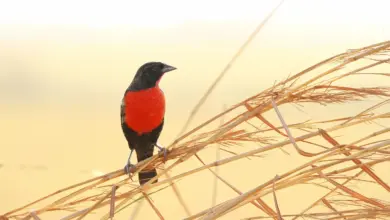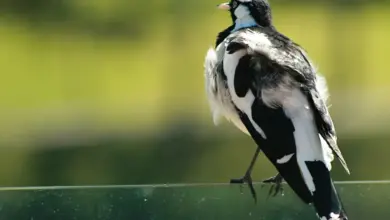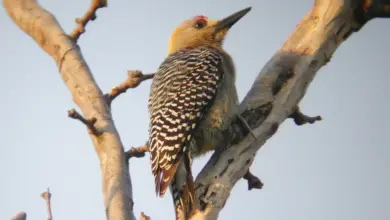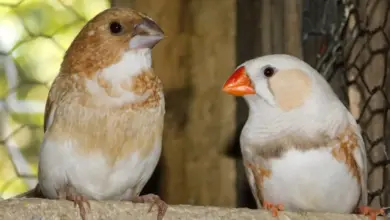Hummingbirds: Calls / Vocalizations and Sounds
Hummingbirds Sounds
Hummingbird Information … Species (Listing as well as by Location)
Useful / Interesting Links:
-
- White Hummingbirds (Albinos or Partial) – Images and Information
-
- Breeding / Nesting – Reproduction
-
- Finding a Nest or Chicks (on the ground, injured or orphaned)
-
- EXTREME Metabolism and Survival and Flight Adaptions – Amazing Facts
Bookmarks / Links:
- Overview
- Distribution / Range / Migration / Habitat ( Facts and Myths)
- Description
- Diet / Feeding
- Lifespan and Predation
- Sounds / Vocalizations (please scroll down)
Hummingbirds Sounds / Vocalizations
Hummers produce two types of sounds – vocalizations and the sounds their wings or tails make.
Vocalizations
Hummingbirds have relatively weak vocal cords and most species only make chirping and chattering sounds.
They have different calls / songs for when they are excited, defending their territory, wowing potential mates or simply when flying from flower to flower. Some hummingbird enthusiasts noted that they know what a hummer is doing just by the sound they are making at the time.
The males are generally more vocal than the females.
Hummingbirds Sounds the tails or wings make
Hummers were named for the low-pitched humming sound they make through the rapid movement of their wings, when they are in flight. The sounds differ depending on how fast it beats its wings.
The males of some species rely on their tail feathers to make chirping sounds during a high-speed display dive to attract females.
Studies at the University of California, Berkeley, conducted by two students (lead author Christopher J. Clark, a UC Berkeley graduate student in the Department of Integrative Biology), showed that the outer tail feathers vibrate like a reed in a clarinet. The hummingbird’s split-second tail spread at dive speed produces a loud, brief burst that sounds like a chirp or beep.
Hummers that are known to make such “tail-feather chirps” are the Anna’s Hummingbirds (and its relatives), the Ruby-throats, the Black-chinned Hummingbirds, the Allen’s Hummingbirds, the Costa’s Hummingbirds, the Rufous Hummingbirds, the Woodstar Hummingbirds, and the Cuban Bee Hummingbirds (the smallest birds in the world). (Ref.: sciencedaily)
Metabolism and Survival and Flight Adaptions – Amazing Facts
Species Research by Sibylle Johnson
Please Note: The articles or images on this page are the sole property of the authors or photographers. Please contact them directly with respect to any copyright or licensing questions. Thank you.





